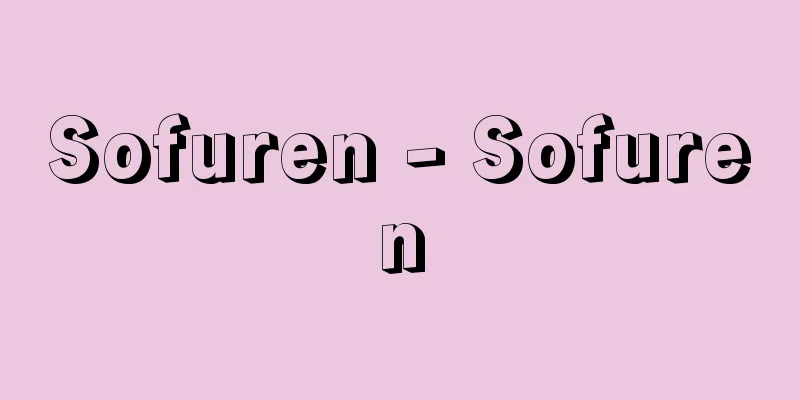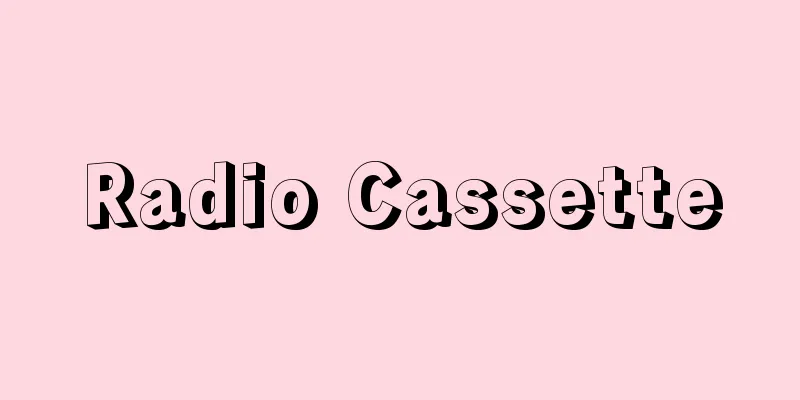Bird chasing - Torioi

|
[1] 〘 noun 〙① The act of scaring off harmful birds that damage crops in the fields. Also, the device used to scare off birds. ② One of the events held during the Little New Year in rural areas. On the evening of the 14th and the dawn of the 15th, or early in the morning on the 14th, 15th, and 16th, young people and children go from house to house, striking bamboo scoops, ladles , mallets , and sticks and singing bird-chasing songs to scare off harmful birds in the fields. In some regions, this is held around the time when the rice ears are ripe. Bird-chasing games. Bird-chasing festival. 《Season: New Year》※Essays: Honcho Seji Danki (1733), vol. 4 "Among them were several who sang while playing bamboo scoops.〈Omitted〉They were called Toriohhi ." ③ A beggar who stood at the gate of a house in the new year, clapping his hands with a fan and singing a celebratory song to ask for rice and money. It is said that it was started by Yojiro, who lived in Hida-in, Kyoto. Tataki. Yojiro the Tataki. Season: New Year *Storybook: Seisui Sho (1628) 1 "Is it also called Toriohi (a thousand autumns' festival) or Toriohi (a bird chasing song) ? I go from house to house and sing celebratory songs." *Haiku: Sakuragawa (1674) Haruichi "Toriohi (a bird chasing song) is a kuchi-byoshi (a song that comes with spring) (Kyutomo)" ④ One of the Kadozuke (door-to-door performances) . In the Edo period, female courtesans would stand at the gates of people's houses on New Year's Day wearing new clothes, weather-friendly wooden clogs, and a straw hat, playing the shamisen and singing Toriohi (a bird chasing song) while begging for rice and money. Season: New Year *Miscellaneous Haiku: Yanagi Taru-san (1768) "Toriohi (a bird chasing song) is raised by one inch and one inch with a stick." ⑤ Abbreviation of "torioiuta (a bird chasing song)." [2][1] Jiuta (a traditional Japanese song) and koto music. Lyrics by Minamieda. Composed by Matsuura Kengyo. A tegotomono piece incorporating a part of the Noh song "Torioi-bune." [2] The name of the Noh song "Torioi-bune" in the Hosho school. Source: The Selected Edition of the Japanese Language Dictionary About the Selected Edition of the Japanese Language Dictionary Information |
|
[1] 〘名〙① 田畑の作物をあらす害鳥を追い払うこと。また、そのしかけ。鳥おどし。② 農村の小正月の行事の一つ。正月一四日の晩と一五日の暁、または、一四・一五・一六日の早朝に、田畑の害鳥を追い払うため、若者や子どもたちが、ささら、杓子(しゃくし)、槌(つち)、棒などを打ち鳴らし、鳥追歌をうたって家々を回り歩く。稲穂の実るころに行なう地方もある。鳥追遊び。鳥追祭。《季・新年》※随筆・本朝世事談綺(1733)四「その中にささらをすりてうたふもの数人あり。〈略〉鳥追(トリオヒ)と云者也とぞ」③ 新年に人家の門に立ち、扇で手をたたきながら祝歌をうたって米銭を乞うた乞食。京都悲田院に住む与次郎の始めたものという。たたき。たたきの与次郎。《季・新年》※咄本・醒睡笑(1628)一「千秋万歳ともまた鳥追(とりおひ)ともいふかや、家毎に歩きて慶賀をうたふに」※俳諧・桜川(1674)春一「鳥追や春をもってなる口拍子〈久友〉」④ 門付(かどづけ)芸の一つ。江戸時代、新年に女太夫が新服に日和下駄、編笠姿で、三味線をひき鳥追歌をうたって人家の門に立ち米銭を乞うたもの。《季・新年》※雑俳・柳多留‐三(1768)「鳥追ひは笠を一寸一寸とばちで上」⑤ 「とりおいうた(鳥追歌)」の略。[2][一] 地唄・箏曲。南枝作詞。松浦検校作曲。謡曲「鳥追舟」の一部を取り入れた手事物。[二] 謡曲「鳥追舟」の宝生流での名。
出典 精選版 日本国語大辞典精選版 日本国語大辞典について 情報 |
Recommend
Vacuum arc degassing
...In the 1970s, its superiority over the DH proc...
Miya [village] - Miya
A village in Ono County, northern Gifu Prefecture....
Animal style
For about 1,000 years, beginning from the end of t...
Oshu Adachigahara
Joruri Gidayubushi. Historical piece. Five acts. ...
Ottokar
…reigned from 1253 to 1278. German name Ottokar. ...
Purwokerto (English spelling)
A town in the western part of Java Tunga Province,...
Green mold
...It grows quickly and has a variety of enzymes ...
Home Drama
Home drama is a type of drama that uses everyday e...
Moving iron type gauge - moving iron type gauge
...As an ammeter, it is desirable for the interna...
League of Nations (English spelling)
The first international peace organization in his...
Gauze - Sha
A type of tateito (warp threads) that intertwines...
Anglo-French
…After the Norman Conquest, the ruling class and ...
Onrian
… [Akihiro Kaneda] [Utamakura] It has been featur...
Czechoslovakia incident - Czechoslovakia incident
On August 20, 1968, the armies of five countries, ...
Stress freezing method
…In this case, the relationship I = I 0 sin 2 π N...

![Hondo [city] - Hondo](/upload/images/67cce0b113083.webp)







